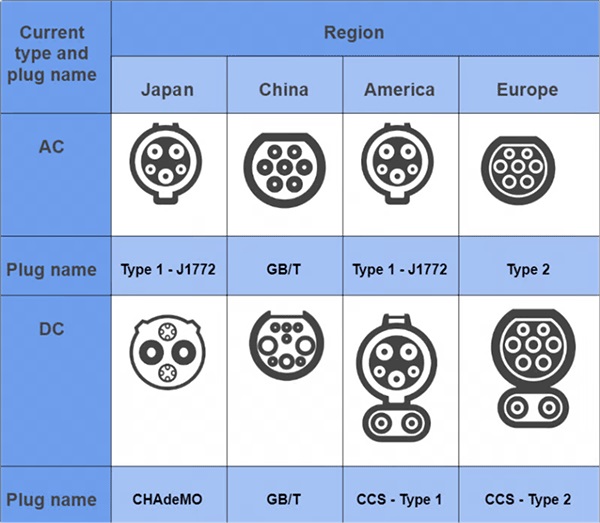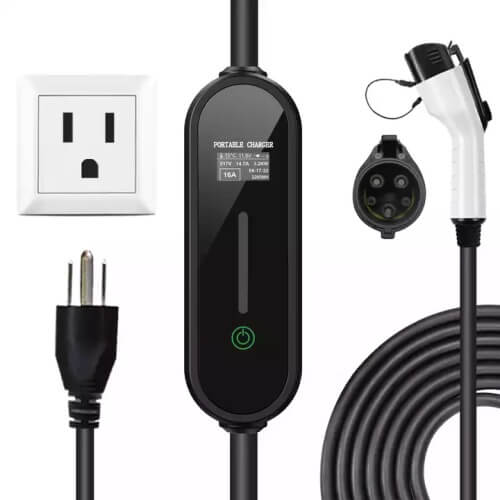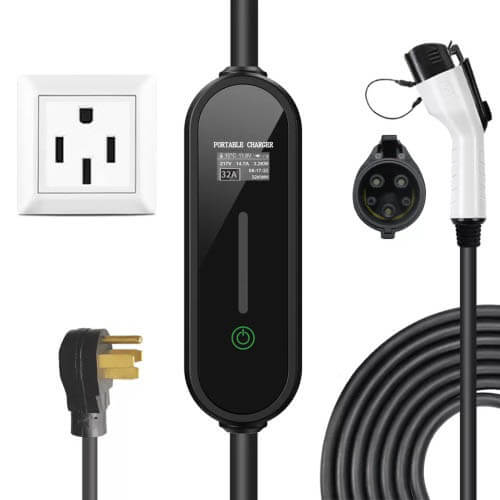If you’re wondering what the Level 1, Level 2, and Level 3 charging are, you’re not alone! A lot of people have no idea what these terms mean, and even business owners who have been in the industry for a while are sometimes confused. In this blog post, we will define these terms and explain how they work. Stay tuned – it’s about to get a little bit technical!
There are three levels of electric vehicle (EV) charging, each with its own benefits and drawbacks. Level one is the slowest and level three is the fastest. Here’s a breakdown of each:
Level 1: This is the standard 110-volt household outlet that you probably have in your home right now. It will charge your EV, but it will take a long time – anywhere from 12 to 20 hours! This is not the ideal option for most people, but it can be helpful in a pinch.
Level 2: Level 2 chargers use 240 volts and can charge your EV much faster than a level one charger – usually between four and eight hours. These chargers are more expensive to install, but they are worth it if you do a lot of driving.
Level 3: Level 3 chargers are the fastest option, using 480 volts to charge your EV in as little as 30 minutes. These chargers are not widely available yet, but they are becoming more common. If you can find one, it’s definitely worth the investment!
Now that you know the basics of EV charging, you can make an informed decision about which level is right for you. We hope this blog post was helpful – happy driving!
There are a few things to keep in mind when choosing a charger for your electric vehicle (EV). The first is the type of connector that your car uses. The three most common types are SAE J1772, CHAdeMO, and Tesla. SAE J1772 is the standard connector in the United States, while CHAdeMO is more common in Europe and Asia. Tesla vehicles use a proprietary connector that can only be used with Tesla chargers.

The second thing to consider is the power output of the charger. This is measured in kilowatts (kW), and the higher the number, the faster your EV will charge. Level one chargers have a power output of 0.75 kW, level two chargers have an output of between 3kW-6kW, and level three chargers have an output of up to 50 kW.
Finally, you’ll need to decide whether you want a portable or permanently installed charger. Portable chargers are small and can be plugged into a standard household outlet, while permanent chargers must be installed by an electrician. Permanent chargers are more expensive, but they are also much faster.
Once you’ve considered all of these factors, you’ll be able to choose the right charger for your needs. Happy driving!
As the demand for electric vehicles (EVs) grows, so does the need for reliable and affordable charging infrastructure. Level one and level two chargers are becoming more common in homes and businesses, but level three chargers are still relatively rare. This is due to the high cost of installation and the fact that most EVs can’t accept such a high charge rate.
Level 3 chargers are the fastest way to charge an EV, with some capable of charging a car in as little as 30 minutes. However, they are also the most expensive option, costing upwards of $30,000 to install. Level three chargers are not yet widely available, but they are slowly becoming more common in areas with a high density of EVs.
If you’re considering buying an EV, it’s important to do your research and make sure that there is adequate charging infrastructure in your area. With the right charger, you’ll be able to enjoy all the benefits of electric vehicle ownership!
As electric vehicles become more popular, it’s important to understand the different types of chargers available. Level one chargers are the slowest and most basic option, while level three chargers are the fastest and most expensive option. Level two chargers fall somewhere in between, offering a balance of speed and cost.
If you’re considering buying an electric vehicle, it’s important to do your research and make sure that there is adequate charging infrastructure in your area. With the right charger, you’ll be able to enjoy all the benefits of electric vehicle ownership! Happy driving!
Start Your EV Charging Business With Kelylands Today!
Simply Fill Out Your Details And We’ll Give You A Call To Discuss The Right EV Chargers For Your Charging Needs.



